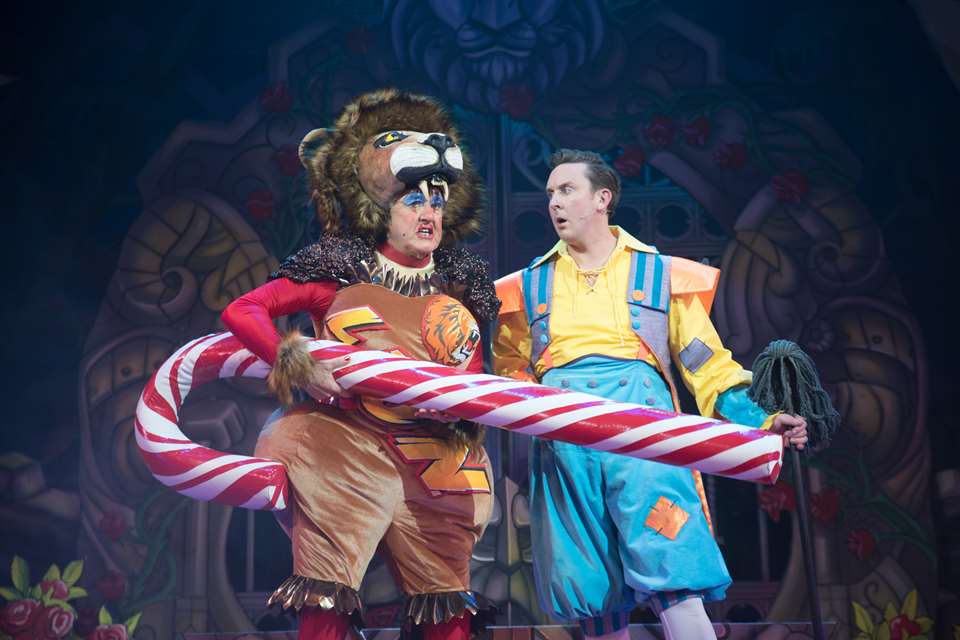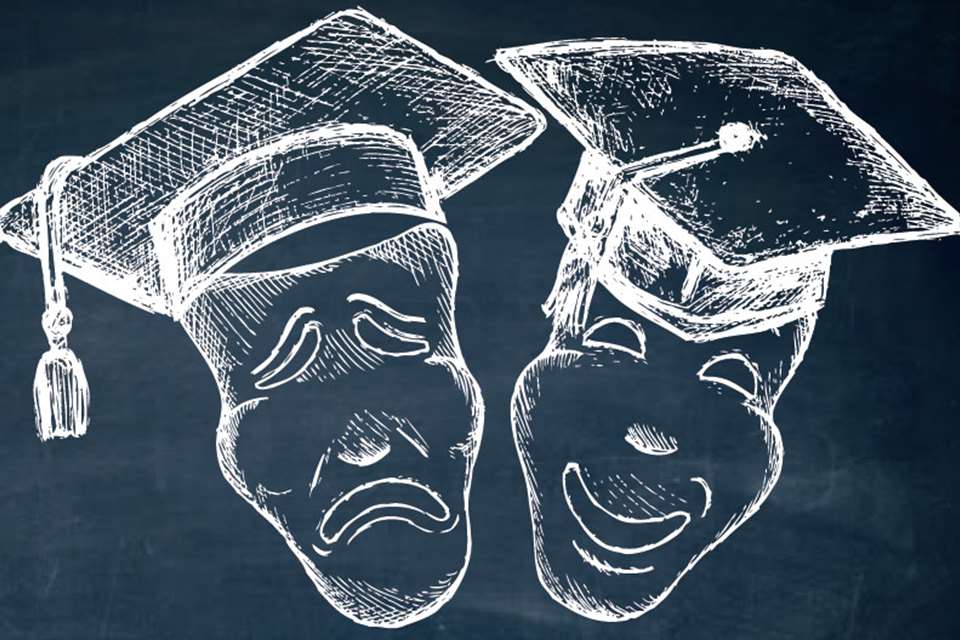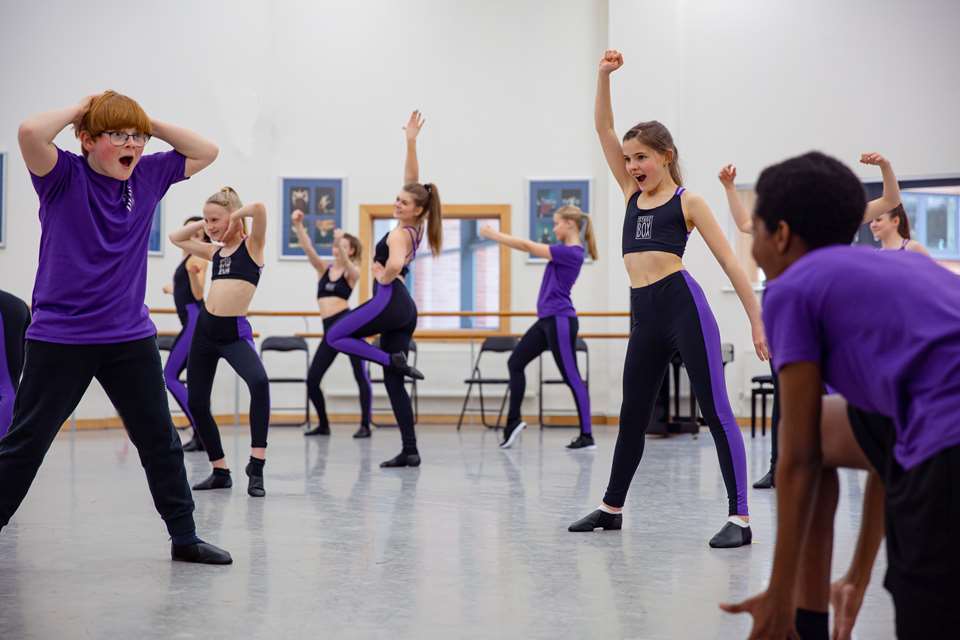Opinion with Emily Wheatman
Emily Wheatman
Wednesday, February 1, 2023
Why all children should learn mime.

Aliaksandr Zabudzko
Mime is great. Actually, it’s wonderful. And it’s not exclusive to those of us lucky enough to spend two years studying it in Paris at a school specialising in physical theatre – mime is for everyone. Traditionally, our cultural experience of theatre in this country has gravitated towards text-heavy works, which we have excelled in producing. I’d like to make the argument that there is room in our cultural landscape for a little more texture.
From a more educational standpoint, why should all children learn the art of mime? Firstly, children are natural mime artists. Mime is our first form of communication: it’s the means by which we express our needs, feelings and desires before we have the words to do so. As we mature, we tend to put more focus on the language we have developed instead. But we also become fluent in non-verbal communications, which is integral for forming friendships and gaining confidence in children. As our lives become more focused on technology, there is a concern that future generations may find it more difficult to read non-verbal cues, something that neurodivergent children and those with learning difficulties may already experience. Non-verbal communication could be explored in drama lessons through facial expressions, body language and the way we use gestures and the space around us. These elements help build social skills and maintain silent fluency, but also lay the building blocks for creating characters, subtext and drama.
Mime can be just as beneficial in a secondary educational setting, focusing on the ‘show, don’t tell’ philosophy of theatre. Communication without words requires more narrative clarity, which means you have to be e˛ cient with what you say and how you say it. It’s a skill that lends itself well to devising your own work and writing dialogue. Ask yourself what you need to say out loud, and what the audience can gather from the non-verbal cues or images that you are showing them. Mime and gestural theatre allow us to activate our imaginations and transcend time and space without the need for elaborate scene changes or set and costumes. You can tell whatever story you would like to, and the audience will come on that journey with you.
In cultivating the magic of mime, we contribute to a universal theatrical language that transcends borders, boundaries and language barriers. It gives us the opportunity to unite different cultures from around the world through theatre. Pretty wonderful, right?
 © CHELSEY CLIFF
© CHELSEY CLIFF
- Emily Wheatman, actor, theatre maker and co-artistic director of Voloz Collective







